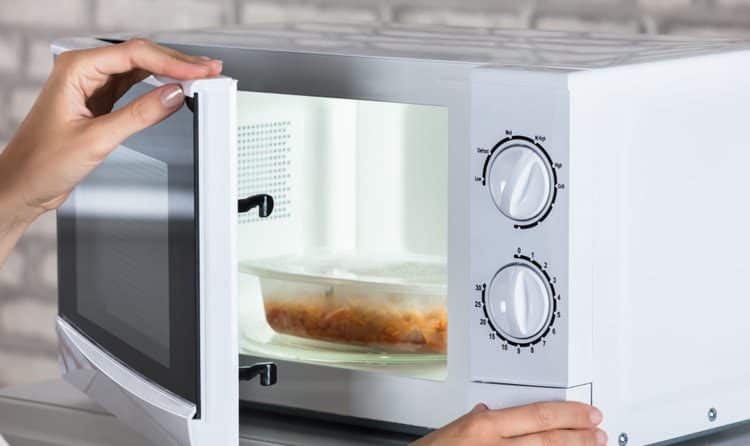
What Lurks Inside Your Microwave? New Study Reveals Alarming Truth
Hey there! We just wanted to send a little reminder your way about disinfecting your microwave oven. It’s probably time for a good clean! A recent study found that microwaves can actually harbor hundreds of different types of bacteria, some of which can be pretty dangerous for us humans. The researchers looked at 30 microwave ovens and found almost 750 different species of bacteria, including some that are more commonly found in a toilet than in a kitchen appliance!
Interestingly, not all microwave ovens host the same types of microbiomes. It turns out that the devices take on some microscopic features from their surrounding areas. Microwaves in communal areas or individual home kitchens contain bacteria that differ from those found in laboratory microwaves.
Dangerous Bacteria in Your Microwave
Some species of bacteria found in home microwave ovens, such as Klebsiella, Enterococcus, and Aeromonas, may pose a risk to human health, according to Daniel Torrent, a researcher at Darwin Bioprospecting Excellence SL, who contributed to the study.
- Klebsiella is a bacterium commonly found in human feces that can cause pneumonia and blood infections and is becoming increasingly resistant to antibiotics.
- Enterococcus is part of our body’s natural bacterial flora, but when immunity is weakened, they can cause infections of the urethra, bladder, reproductive tract, and even septicemia.
- Aeromonas species are linked to human diseases like gastroenteritis and wound infections. In severe cases, they can cause necrotizing fasciitis, which is life-threatening and may require amputation.
Why Microwaves Don’t Kill Bacteria
It might seem counterintuitive that bacteria can survive microwave radiation, but it’s important to understand that microwaves are a form of non-ionizing radiation. This means they lack the energy to alter cells and atoms. The radiation levels found in microwaves are not dangerous to humans.
According to the U.S. Food and Drug Administration, microwaving food for an extended period kills microorganisms due to the heat generated, not the radiation itself. Scientists emphasize that while the microbial population in microwaves poses no greater risk than other kitchen surfaces, it’s crucial to remember regular disinfection.
While the discovery of bacteria in microwaves might be alarming, it’s a reminder of the importance of hygiene in our kitchens. Regular cleaning and disinfecting of your microwave can help keep these potentially harmful bacteria at bay, ensuring your kitchen remains a safe and healthy place.

